Anniversary
Galina A. Melnichenko is a famous Russian scientist-endocrinologist, one of the leading in the country, author and head of fundamental and applied research. G.A. Melnichenko is one of the leaders in creating a methodology for organizing the endocrinological service of the Russian Federation. Galina Melnichenko is one of the leading specialists in the Russian Federation in the study of diseases of the thyroid gland, hypothalamic-pituitary system, orphan endocrinopathies, adrenal pathology, multiple endocrine neoplasia syndromes.
December 1, 2021 — the anniversary of Valentina Aleksandrovna Peterkova, professor, academician of the Russian Academy of Sciences, scientific director of the Institute of Pediatric Endocrinology of the National Research Center of Endocrinology of the Ministry of Health of Russia, chief freelance specialist of the pediatric endocrinologist of the Ministry of Health of Russia, Honored Doctor of the Russian Federation.
Editorial notice
The effectiveness of the healthcare system is largely determined by the staffing and qualifications of doctors. The human resources of the health care system is a critical aspect of the quality and accessibility of healthcare and the economy as a whole. Despite the existing staffing problems of the endocrinological service, the strengthening of the role of the state in solving this issue in the form of long-term planning of staffing, approaches to targeted training and distribution of specialists, as well as their material and social support, allows us to hope for the transition of positive dynamics into a confident resolution of the personnel crisis.
BACKGROUND: In evidence-based medicine, the research methodology is determined by the risks of systematic biases and incorrect data analysis. Minimizing both risks increases the internal validity of the study. There are numerous recommendations and guidelines for data analysis and reporting, but the international community has not yet developed a questionnaire for reviewers to assess the quality of statistical analysis.
AIM: To develop a tool for formalized assessment of the quality of statistical analysis presented in scientific medical publications.
MATERIALS AND METHODS: The questionnaire was developed based on the authors' decades of experience in statistical data analysis and reviewing the statistical aspects of biomedical articles and dissertations. The SAMPL guidelines, ICH E9, and other guidelines were taken into account when developing the questionnaire. Internal validation of the questionnaire was based on an independent assessment by two experts of 20 randomly selected articles on randomized controlled trials (RCTs) from elibrary.ru, and further statistical analysis of the agreement of experts' conclusions.
RESULTS: The CORSTAN (CORrect STatistical ANalysis) questionnaire was developed, which consists of two parts: the first part (10 questions) is intended for evaluating studies of any designs, while the second (following eight questions) is for additional assessment of RCTs. A stratification of the risk of incorrect statistical analysis is proposed. The evaluation of the questionnaire's internal validity showed its substantial and almost perfect agreement for each question and each article both in the sum of points and risk level.
CONCLUSION: The use of the questionnaire will simplify and harmonize the statistical review of publications and manuscripts in various institutions - scientific journals, dissertation boards, etc. The questionnaire can also be helpful for authors during preparing manuscripts; it will also help improve the quality of publications and research itself. We plan to improve the questionnaire as we gain experience in its application.
Clinical endocrinology
BACKGROUND: For the last decades microRNAs (miR) have proven themselves as novel biomarkers for various types of diseases. Identification of specific circulating microRNA panel that differ patient with Cushing’s disease (CD) and ectopic ACTH syndrome (EAS) could improve the diagnostic procedure.
AIM: to evaluate the differences in miR levels in plasma samples drained from inferior petrosal sinuses in patients with CD and EAS.
MATERIALS AND METHODS: single-center, case-control study: we enrolled 24 patients with ACTH-dependent Cushing’s syndrome (CS) requiring bilateral inferior petrosal sinus sampling (BIPSS). Among them 12 subjects were confirmed as CD (males=2, females=10; median age 46,5 [IR 33,8;53,5]) and 12 as EAS (males=4, females=8, median age 54 [IR 38,75;60,75]). BIPSS was performed through a percutaneous bilateral approach. Once catheters were properly placed, blood samples were withdrawn simultaneously from each petrosal sinus and a peripheral vein. Plasma samples from both sinuses were centrifuged and then stored at -80 C. MiRNA isolation from plasma was carried out by an miRneasy Plasma/Serum Kit (Qiagen, Germany) on the automatic QIAcube station according to the manufacturer protocol. To prevent degradation, we added 1 unit of RiboLock Rnase Inhibitor (Thermo Fisher Scientific, USA) per 1 μL of RNA solution. The concentration of total RNA in the aqueous solution was evaluated on a NanoVue Plus spectrophotometer (GE Healthcare, USA). The libraries were prepared by the QIAseq miRNA Library Kit following the manufacturer standard protocols. MiR expression was then analyzed by sequencing on Illumina NextSeq 500 (Illumina, USA).
RESULTS: 108 miRNAs were differently expressed (p <0,05) in inferior petrosal sinus samples of patients with CD vs EAS. We divided these miRNAs into 3 groups based on the significance of the results. The first group consisted of samples with the highest levels of detected miR in both groups. Four miRNAs were included: miR-1203 was downregulated in CD vs EAS — 36.74 (p=0,013), and three other were upregulated in CD vs EAS: miR-383-3p 46.36 (p=0,01), miR-4290 6.84 (p=0,036), miR-6717-5p 4.49 (p=0,031). This miRs will be validated in larger cohorts using RT-qPCR.
CONCLUSION: Plasma miR levels differ in inferior petrosal samples taken from patients with CD vs EAS. These miRs need to be validated by different methods and in peripheral plasma samples in order to be used as potentially non-invasive biomarkers to differentiate ACTH-dependent CS.
Multiple lesions of the parathyroid glands (PTG) in primary hyperparathyroidism (PHPT) can be sporadic or develop as part of hereditary syndromes, manifesting at young age. There the description of a severe sporadic PHPT with big parathyroid neoplasms in the young patient is presented. Clinical data made it possible to suspect MEN-1 syndrome or parathyroid carcinomas; however, mutations CDKN, CDC73, MEN1 were excluded. The patient underwent removal of three identified tumors: benign adenomas of the left PTG and hyperplasia of the right one. Postoperative hypocalcemia and severe hungry bone syndrome required the administration of vitamin D and calcium carbonate preparations. However, a year after the operation, a «mild» recurrent disease was confirmed. Taking into account the patient’s refusal to reoperation and a significant improvement of the target organs state, active observation was continued. The patient needs further careful dynamic monitoring by specialists in order to timely identify indications for repeated surgical treatment to improve the life quality and span.
BACKGROUND: Effective control of autoimmune inflammation in Graves’ disease determines necessity to study the T helper (Th) and cytotoxic T-lymphocytes dysfunction, as well as the level of regulatory T-cells (Treg) activation in patients with Graves’ disease on thyrostatic medication, which will clarify the immunomodulatory effects of long-term thiamazole treatment serve as targets for more specific therapies.
AIM: To study the phenotypic composition of T-lymphocytes in the peripheral blood of patients with Graves’ disease to assess the direction of immune response depending on thimazole-induced euthyroidism duration.
MATERIALS AND METHODS: A single-center, cohort, continuous, open-label, controlled trial was conducted to assess the phenotypic composition of T-lymphocytes in peripheral blood in women with Graves’ disease on long-term thiamazole treatment. The phenotypic composition of T-lymphocytes was determined by flow cytometry using direct immunofluorescence with conjugated FITC monoclonal antibodies depending on the duration of thimazole-induced euthyroidism of long-term thiamazole treatment.
RESULTS: The study included 135 women with Graves’ disease, mean age 43.09±12.81 years, 120 (88.91%) with a relapse of the disease and 15 (11.09%) with newly diagnosed hyperthyroidism. An increase of activated CD3+CD4+CD25+ was found in patients with Graves’ disease with a duration of thimazole-induced euthyroidism 5–8 months and 9–12 months, respectively, Me=0.94 (0.48–1.45), p=0.020) and Me=0.95 (0.41–1.80), p=0.025), in control group — Me=0.12 (0.03–0.68). Compared to the control an increase of CD4+CD25+CD127Low (Treg) was found in patients with a duration of thimazole-induced euthyroidism 5–8 and 9–12 months. The content of Treg in peripheral blood in Graves’ disease patients with a duration of thimazole-induced euthyroidism more than 12 months decreases, but remains elevated relative to the control.
CONCLUSION: In patients with Graves’ disease with a duration of thimazole-induced euthyroidism 5–8 months and 9–12 months the level of Treg has been increased. The increase of activated Th (CD3+CD4+CD25+) persists independently of thimazole-induced euthyroidism. In patients with Graves’ disease with a duration of thimazole-induced euthyroidism for more than 12 months, there is a compensatory increase in regulatory T-lymphocyte, and the total number of T-helpers is restored to the control.
BACKGROUND: Multiple endocrine neoplasia type 1 (MEN 1) is a rare autosomal dominant disorder caused by mutations in the MEN1 gene, which encodes the menin protein. If a patient has the MEN 1 phenotype in the absence of mutations in the MEN1 gene, the condition is classified as a phenocopy of this syndrome. Although significant progress has been made in understanding the function of menin, its role in the oncogenesis of the endocrine glands is still being elucidated. Due to its key role in physiological and pathological processes, the assessment of the menin expression can provide valuable information.
AIM: to determine whether there are any differences in the expression of menin in the pituitary adenomas (PA) in patients with phenocopy of MEN 1 (phMEN 1) and genetically confirmed MEN 1 (gMEN 1) compared with their sporadic forms.
MATERIALS AND METHODS: immunohistochemical assessment of the menin expression was carried out in PA of patients with gMEN 1, phMEN 1 and sporadic acromegaly (SA), surgically treated in 2008–2020. IHC was performed using antibodies to menin, PRL, GH, ACTH, FSH, TSH, Pit-1, T-box, ERA on previously prepared histological section.
RESULTS: The study included 35 samples of PA: gMEN 1 — 9 samples, phMEN 1 — 12 (somatotropinomas + PHPT); CA — 14 samples. The patients were comparable by gender, adenoma size, and drug intake. The gMEN 1 group differed from phMEN 1 and SA by age (p = 0.0005). In patients with gMEN 1, the expression of menin varied from no staining (5/9) to intense cytoplasm staining. Cytoplasmic expression of menin was mainly present (11/12) in the phMEN 1. In the SA group, there was no staining in 1 case; nuclear expression was detected in 6/14 cases. The phMEN 1 group showed significantly higher cytoplasmic expression of menin than the gMEN 1 group (p = 0.006). The gMEN 1 group also differed from the SA group (p = 0.012). There were no statistically significant differences between the phMEN 1 and SA groups (p = 0.049).
CONCLUSION: It was revealed that the menin expression, in general, is retained in phMEN 1 and SA groups, although with different localization in the cell structure (nucleus and / or cytoplasm). At the same time, the expression of menin varies greatly in patients with gMEN 1. According to the data obtained, it can be assumed that the pathogenesis of PA in phMEN 1 and SA may have similarities; however, there could be factors contributing to the appearance of several tumors of the endocrine glands in one person with phMEN 1. To understand this process, it is necessary to further study the genes associated with MEN 1, epigenetic factors, signaling pathways in which menin is involved.
Nuclear medicine (NM) is a medical specialty that uses radionuclides (radioactive tracers) and ionising radiation for diagnostic and therapeutic (theranostic) purposes. Nuclear medicine arose and developed at the intersection of physics, chemistry and clinical medicine. The radiation emitted by radioisotopes can consist of gamma-, beta- and alpha emission, or it’s combination. Radioisotope of choice for medical purposes should have futher requirements: low radiotoxicity, suitable type of radiation, energy and half-life (several minutes to several hours and days), and also convenient detection of gamma ray radiation. The radionuclide is part of radiopharmaceutical (RP) and acts as its indicator. RP accumulates in morphological structures, becomes a carrier of coordinated information from patient to gamma camera or other equipment and reflects the dynamics of processes occurring in the examined organ. In 2021 NM celebrates its 80th anniversary. The trajectory of NM combines modern methods of radiotheranostics and applied genomic and post-genomic technologies.
BACKGROUND: Vitamin D (25-hydroxyvitamin D [25(ОН)D]) deficiency (<20 ng/mL) and insufficiency (20–29 ng/mL) are common in primary hyperparathyroidism (PHPT), but data regarding the vitamin D metabolism in this population is limited.
AIM: The aim of this study is to estimate the vitamin D metabolites and their relationship with the main parameters of phosphorus-calcium metabolism in patients with PHPT at baseline and on the background of a single dose of cholecalciferol 150,000 IU.
MATERIALS AND METHODS: A single-center interventional, dynamic, prospective, comparative study has been carried out. The study included 54 participants, divided into two groups: the 1st group included 27 patients with confirmed PHPT, the 2nd control group (n = 27), matched on gender (p = 0.062). The study included 4 visits; the baseline laboratory examination and a bolus dose of cholecalciferol were performed at the visit 1, the subsequent visits included a dynamic laboratory examination.
RESULTS: Vitamin D deficiency (<20 ng/ml) was detected in 69% of patients with PHPT. In the PHPT group (before cholecalciferol therapy), there was a direct association of 1.25(OH)2 D3 with albumin-corrected and ionized calcium, as well as between the 25(OH)D3 /24.25(OH)2 D3 ratio with PTH and magnesium. After taking of cholecalciferol, the levels of 1.25(OH)2 D3 and 25(OH)D3 /24.25(OH)2 D3 were significantly increased, and the levels of 25(OH)D3 /1.25(OH)2 D3 were significantly declined at all visits among patients with PHPT. The common 25(OH)D level was comparable to the control group, however the levels of 1,25(OH)2 D3 in patients with PHPT were 55% higher at baseline, and after taking of cholecalciferol 150,000 IU. They remained increased by 3–7 days by an additional 23–36%, significantly higher than those in the control group: 44%, 74% and 65%, at visits 2, 3 and 4, respectively (p<0.05). The taking of 150,000 IU cholecalciferol in the PHPT group did not lead to a significant increase in hypercalcemia and hypercalciuria, which indicates the safety of this dose in patients with mild hypercalcemia (albumin corrected calcium <3 mmol/l). None of the study participants experienced any side effects.
CONCLUSION: The completely comprehensive assessment of vitamin D metabolites was carried out for the first time in patients with PHPT before and after using a bolus dose of cholecalciferol. The results confirmed the differences of vitamin D metabolism in chronic excessive secretion of PTH compared to control group, which is new data in the pathogenesis of the disease, and can be used to develop optimal regimens for cholecalciferol taking in this population.
Experimental endocrinology
Our current understanding of the molecular and cellular mechanisms in tissues and organs during normal and pathological conditions opens up substantial prospects for the development of novel approaches to treatment of various diseases. For instance, lifelong replacement therapy is no longer mandatory for the management of some monogenic hereditary diseases. Genome editing techniques that have emerged in the last decade are being actively investigated as tools for correcting mutations in affected organs. Furthermore, new protocols for obtaining various types of human and animal cells and cellular systems are evolving, increasingly reflecting the real structures in vivo. These methods, together with the accompanying gene and cell therapy, are being actively developed and several approaches are already undergoing clinical trials. Adrenal insufficiency caused by a variety of factors can potentially be the target of such therapeutic strategies. The adrenal gland is a highly organized organ, with multiple structural components interacting with each other via a complex network of endocrine and paracrine signals. This review summarizes the findings of studies in the field of structural organization and functioning of the adrenal gland at the molecular level, as well as the modern approaches to the treatment of adrenal pathologies.
Nowadays stem cells of adult type are attractive in case of active development of cell and genome technologies. They are the target of new therapeutic approaches, which are based on correction of mutations or replenishment of organs, that were damaged by autoimmune reactions, aging or other pathological processes. Also stem cells, including patient-specific (induced Pluripotent Stem Cells, iPSCs), and obtained by differentiation from them tissue cultures and organoids are the closest models to in vivo researches on humans, which gives an opportunity to get more relevant data while testing different therapeutic approaches and pharmacological drugs. The main molecular pathways, that are essential for homeostasis of a cortex of a adrenal gland — compound, structurally and functionally heterogeneous organ, is described the presented review. The adrenal cortex is renewing during the organism’s ontogenesis at the expense of the pool of stem and progenitors cells, which are in tight junctions with differentiated steroidogenic cells and which are under constant control of endocrine and paracrine signals. The understanding of signaling pathways and interactions of different cell types will give an opportunity to develop the most suitable protocols for obtaining cells of adrenal gland cortex in a different stages of differentiation to use them in scientific and medical purposes.
Bones & Adipose tissues diseases
Adipose tissue mostly composed of different types of fat is one of the largest endocrine organs in the body playing multiple intricate roles including but not limited to energy storage, metabolic homeostasis, generation of heat, participation in immune functions and secretion of a number of biologically active factors known as adipokines. The most abundant of them is adiponectin. This adipocite-derived hormone exerts pleiotropic actions and exhibits insulin-sensitizing, antidiabetic, anti-obesogenic, anti-inflammatory, antiatherogenic, cardio- and neuroprotective properties. Contrariwise to its protective effects against various pathological events in different cell types, adiponectin may have links to several systemic diseases and malignances. Reduction in adiponectin levels has an implication in COVID-19-associated respiratory failure, which is attributed mainly to a phenomenon called ‘adiponectin paradox’. Ample evidence about multiple functions of adiponectin in the body was obtained from animal, mostly rodent studies. Our succinct review is entirely about multifaceted roles of adiponectin and mechanisms of its action in different physiological and pathological states.
Pediatric Endocrinology
BACKGROUND: Therapy for type 1 diabetes mellitus (T1DM) is still largely an unsolved clinical problem. Despite the introduction into clinical practice of modern insulin preparations, devices for its administration, as well as continuous monitoring of glucose levels, the goals of therapy are often not achieved. At the same time, the International Diabetes Federation (IDF) notes an increase in the prevalence and incidence of T1DM in children and adolescents in the world. The Federal Register of Diabetes Mellitus (FRDM) is a dynamically updated database of patients with diabetes, which allows assessing prevalence and incidence rates, achievement of glycemic control goals and the incidence of diabetes complications.
AIM: analyze the epidemiological data of T1DM (prevalence, morbidity) in children and adolescents (patients from birth to 18 years of age) in Moscow according to the FRSD data and to assess their dynamics, as well as the dynamics of achieving the goals of glycemic control and the incidence of T1DM complications in 2015-2020.
MATERIALS AND METHODS: The object of the study is a sample from the database of the Moscow segment of the FRDM of a cohort of patients with type 1 diabetes under 18 years of age who were registered for the period 01.01.2015-01.01.2021. Epidemiological prevalence and incidence rates are calculated per 100,000 of the relevant population.
RESULTS: the number of children and adolescents with type 1 diabetes in Moscow as of 01.01.2021 was 4024 people (2962 children and 1062 adolescents). Over the period from 2015 to 2020, there was an increase in the prevalence of T1DM (possibly due to an increase in the quality of data registration in the FRSD) and a decrease in the incidence of both children and adolescents. There was also a decrease in the level of HbA1c and the proportion of patients with HbAc1> 8.0% among children with T1DM. Both children and adolescents with T1DM showed a decrease in the incidence of diabetic coma and ketoacidosis with a simultaneous increase in the incidence of severe hypoglycemia, as well as a decrease in the incidence of retinopathy and nephropathy. However, the incidence of neuropathy decreased among children and increased among adolescents.
CONCLUSION: The data obtained on the dynamic management of adolescents with T1DM are the basis for considering the development of a profile program for their dynamic observation, taking into account the need for psychological and social support for patients and their families.
Erratum
n the article some corrections were needed. Abstract: “Heterozygous SF1 variants were found in 36 out of 310 (11.6%) of cases, among them 15 were not previously described”. has been corrected to read “Heterozygous SF1 variants were found in 36 out of 310 (11.6%) of cases, among them 22 were not previously described”. Results: “Heterozygous SF1 variants were found in 36 out of 310 (11.6%) of cases, among them 15 were not previously described”, has been corrected to read “Heterozygous SF1 variants were found in 36 out of 310 (11.6%) of cases, among them 22 were not previously described”. Among the newly identified variants in the NR1A1 gene, two lead to the premature stop codon -p. Y197X and p. Y25X, two lead to a shift in the reading frame-p. N385fs and p. L245fs, which does not allow us to doubt their pathogenicityAmong the previously undescribed variant changes, 5 missense mutations (p. C283Y, p. C283B, p.H24Q, p.M126K, p.E81K) and 1 synonymous substitution affecting the splicing site (E330E) were evaluated as pathogenic, and 5 others as probably pathogenic.
Has been corrected to read: Among the newly identified variants in the NR1A1 gene, two lead to the premature stop codon -p. Y197X and p. Y25X, two lead to a shift in the reading frame — p.N385SfsX10 and p.L245AfsX53, which does not allow us to doubt their pathogenicity Among the previously undescribed variants, 5 missense mutations (p.C283Y, p.С283F, p.H24Q, p.M126K, p.A82T) and 1 synonymous substitution affecting the splicing site (E330E) were predicted as pathogenic, and 5 others as probably pathogenic by calculating pathogenicity. The authors apologize for these errors.

This work is licensed under a Creative Commons Attribution-NonCommercial-NoDerivatives 4.0 International License (CC BY-NC-ND 4.0).
ISSN 2308-1430 (Online)



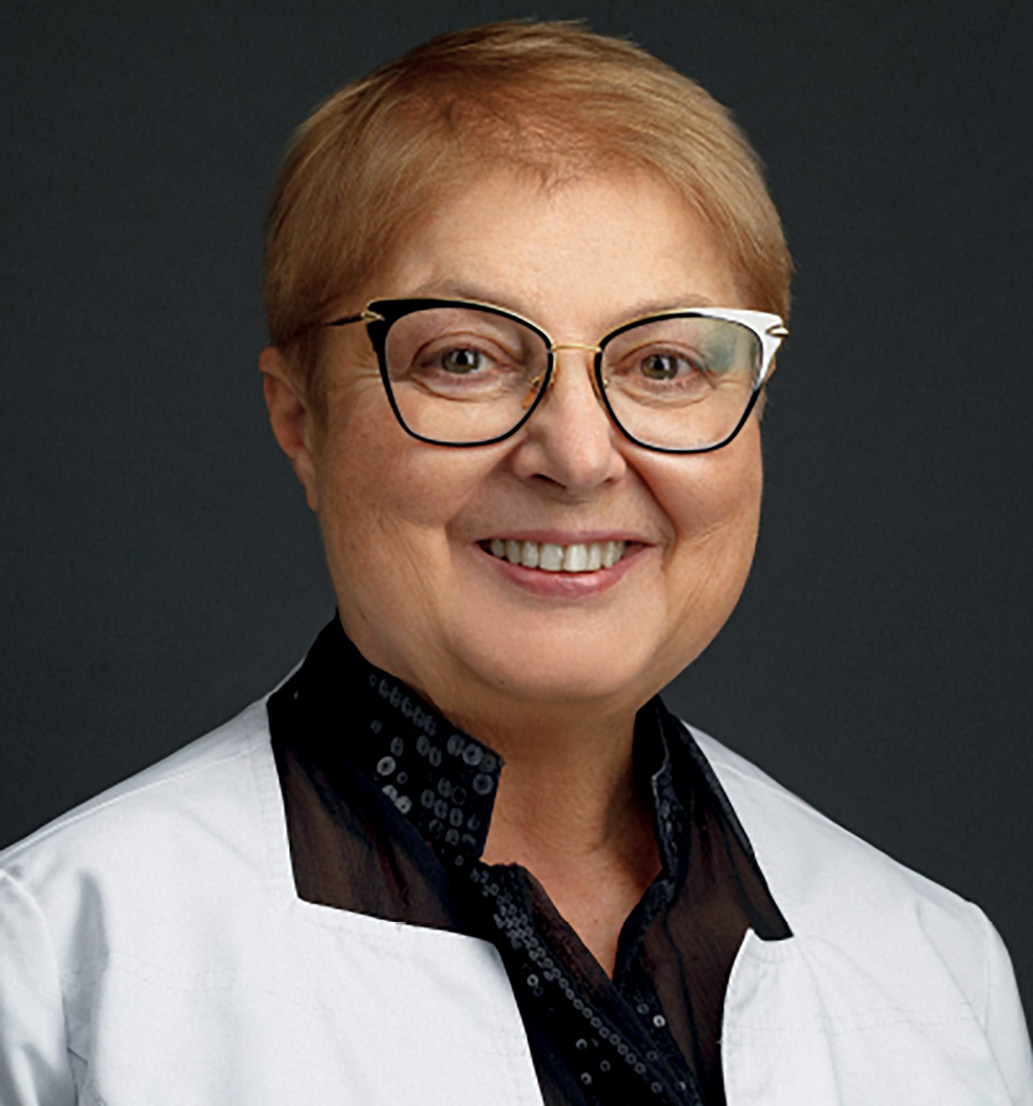
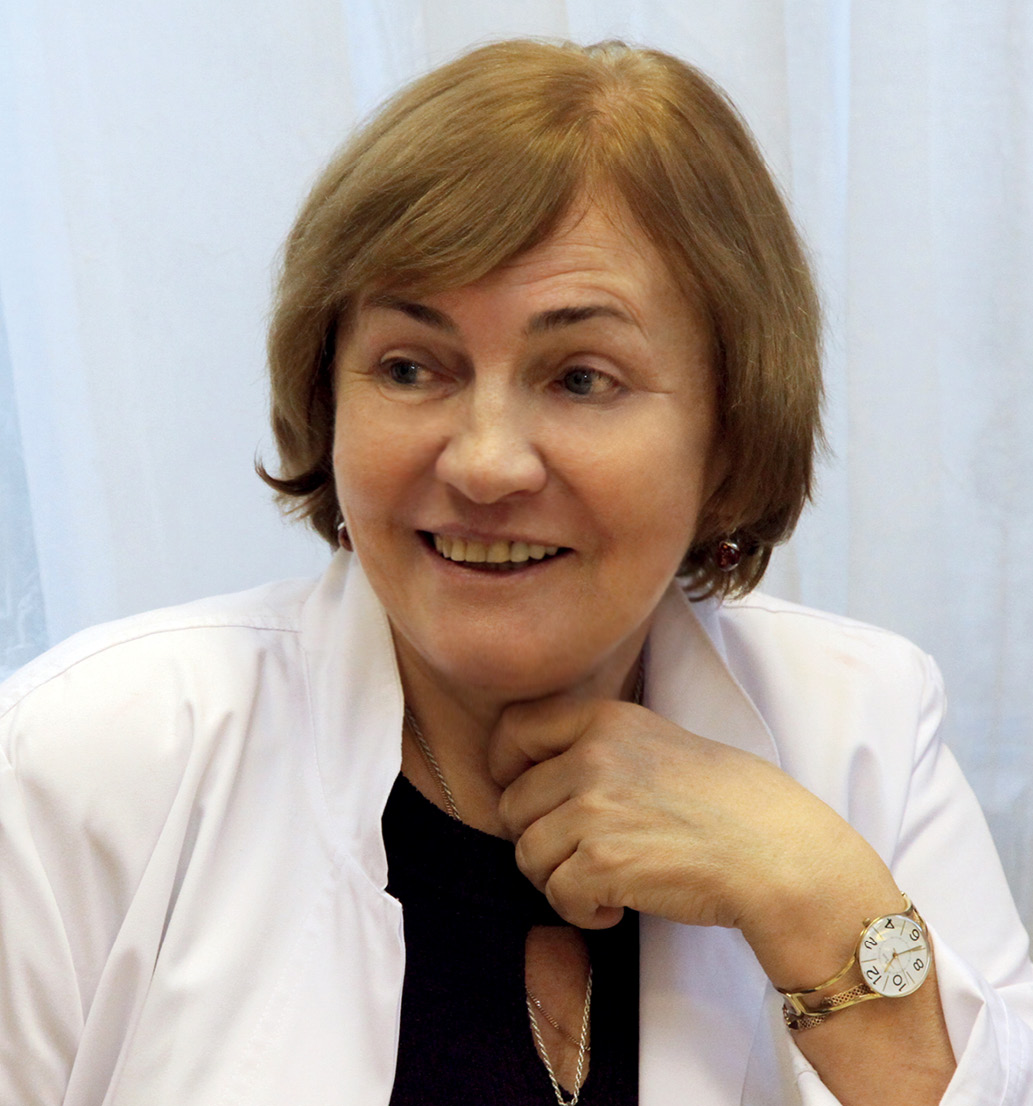
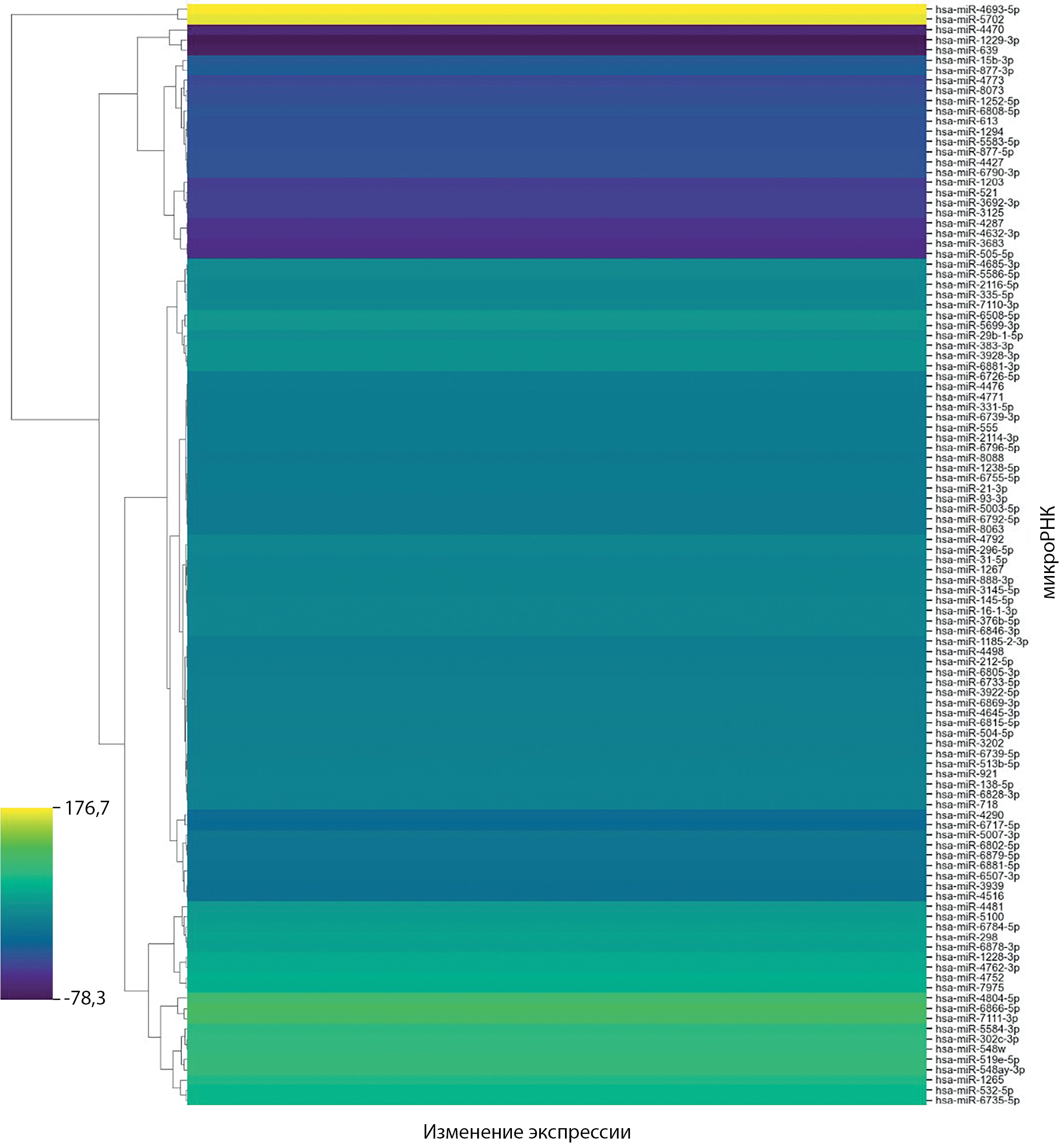
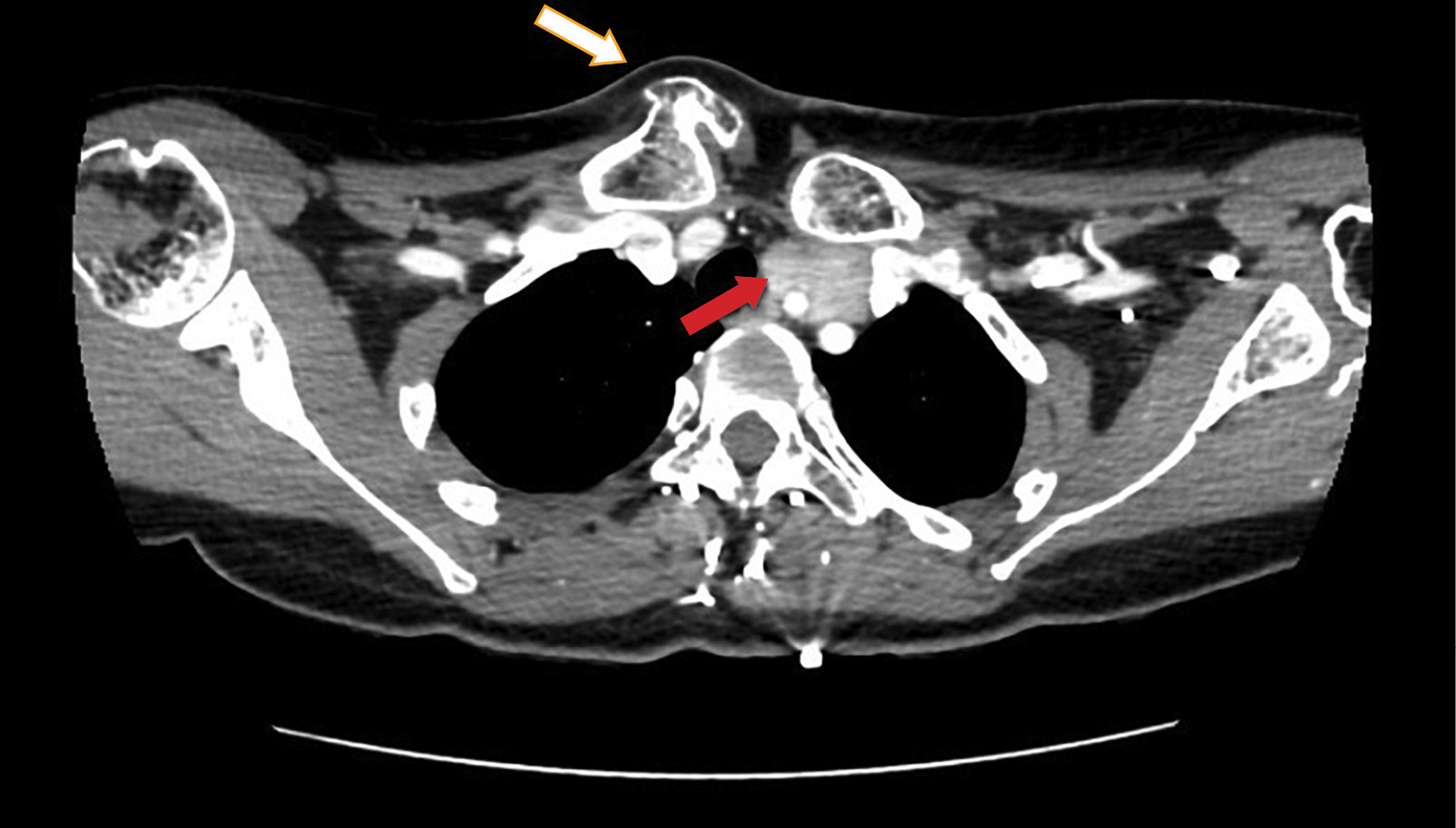
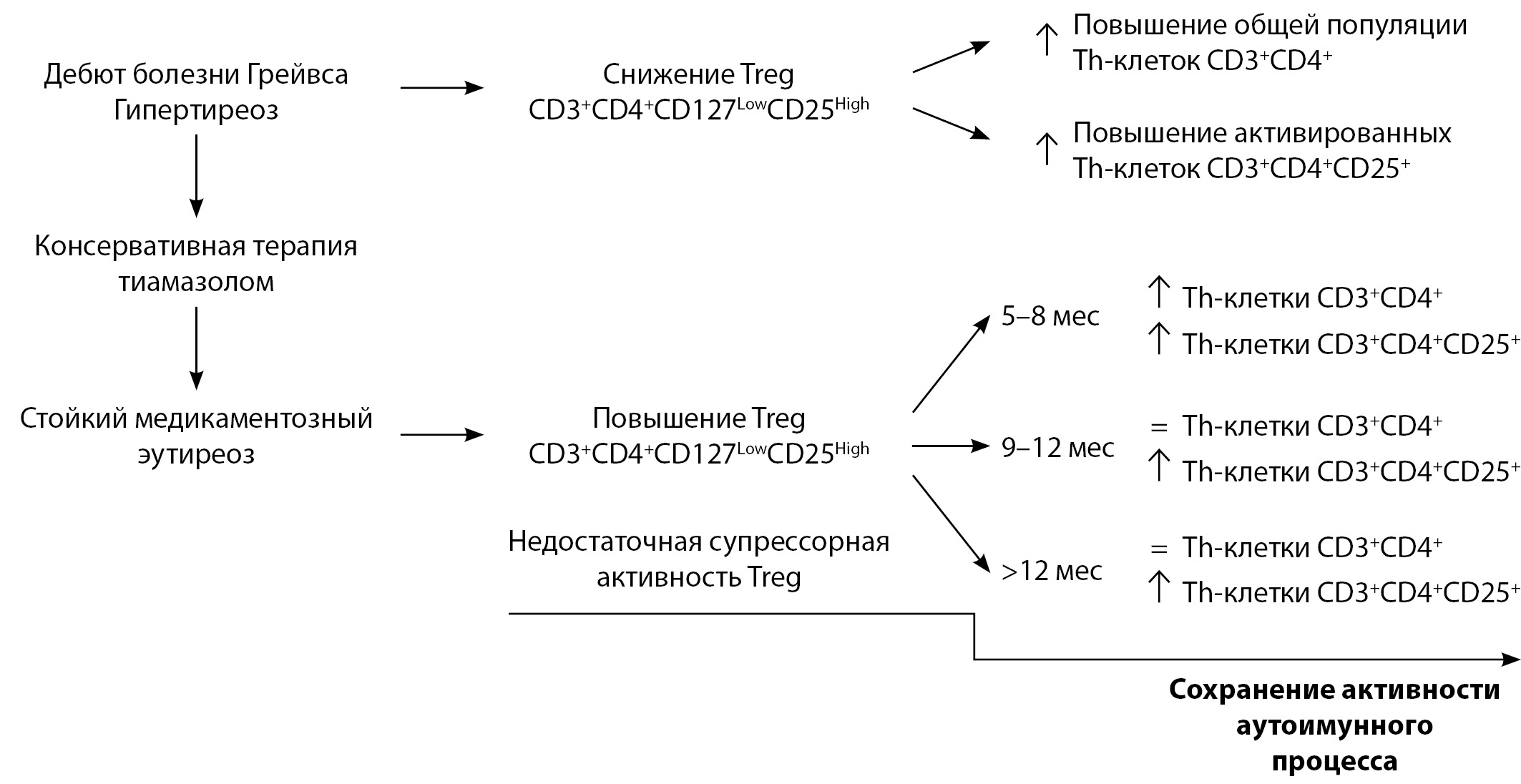
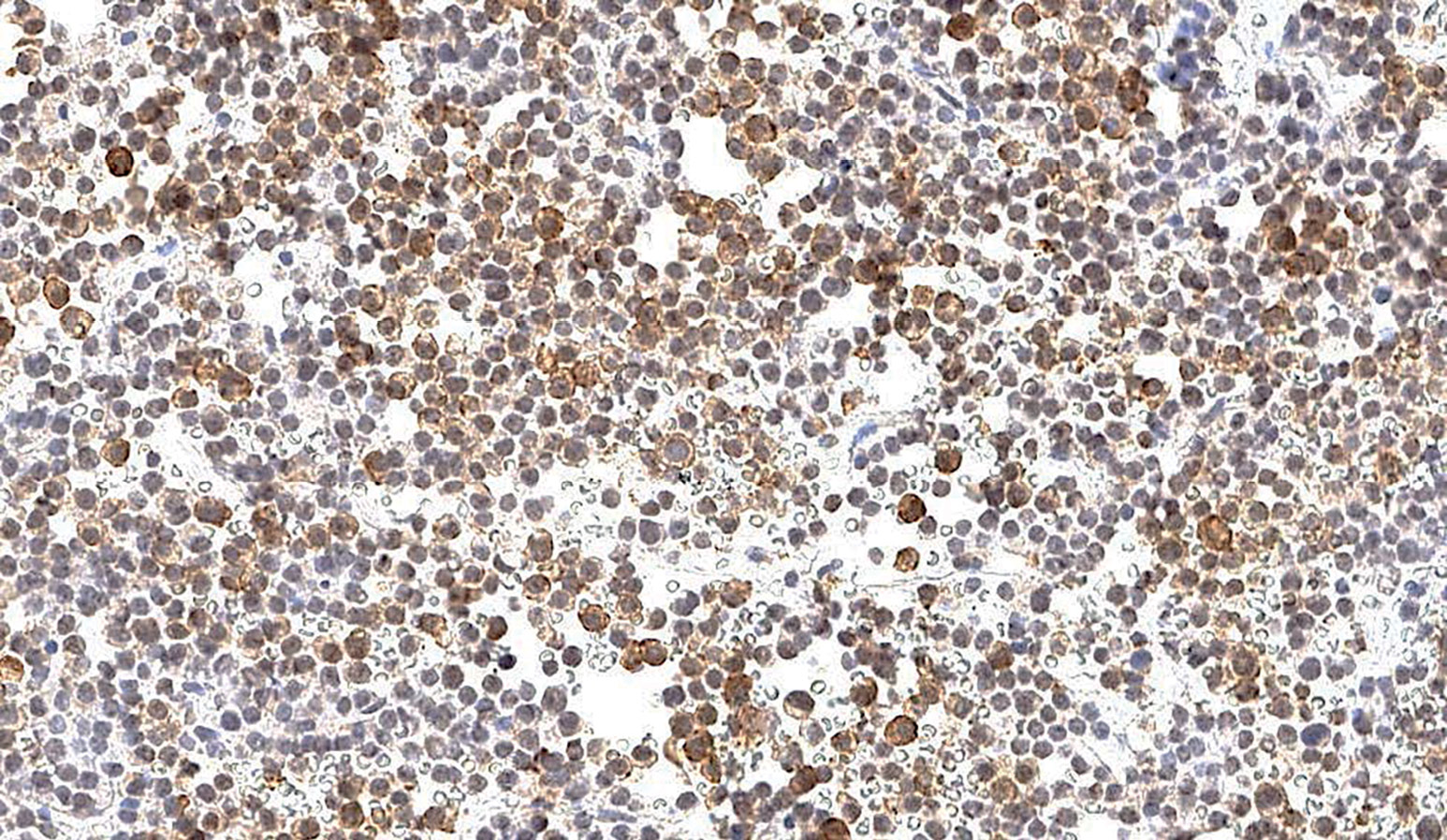

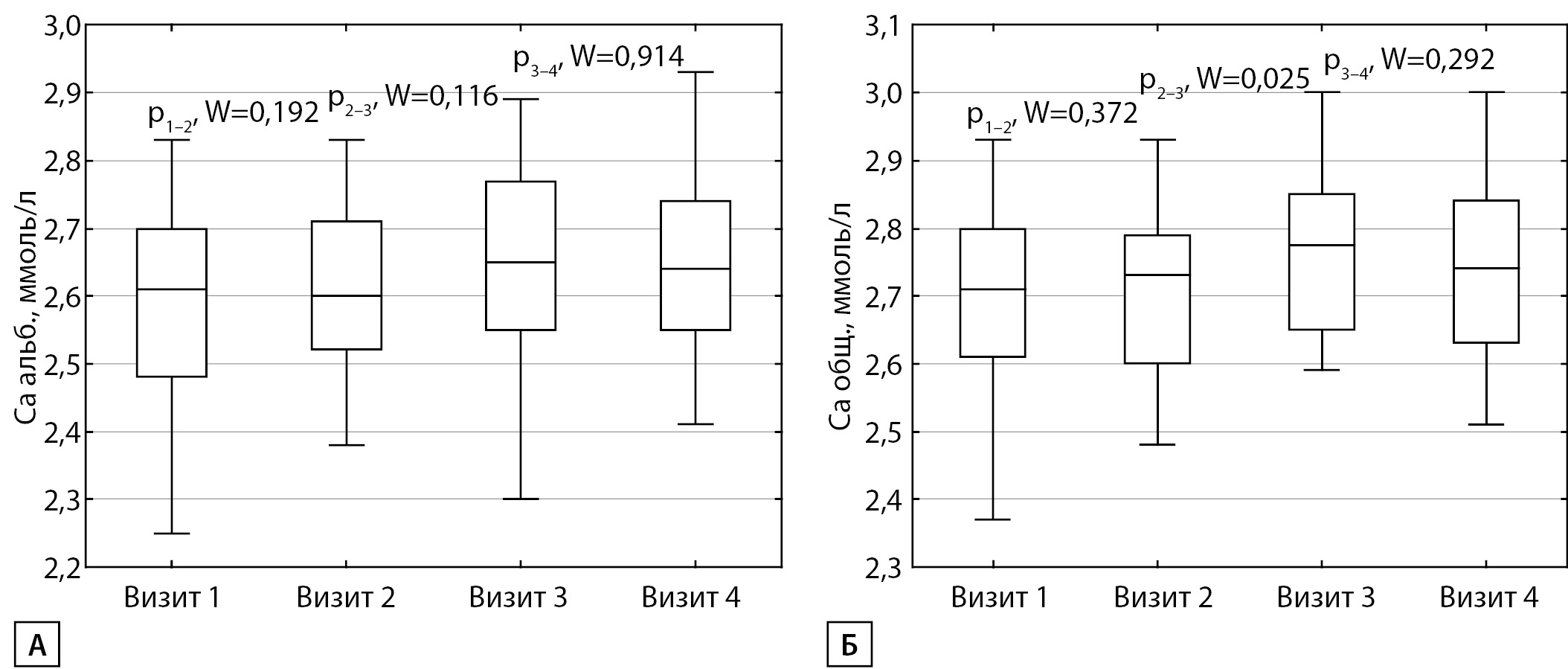
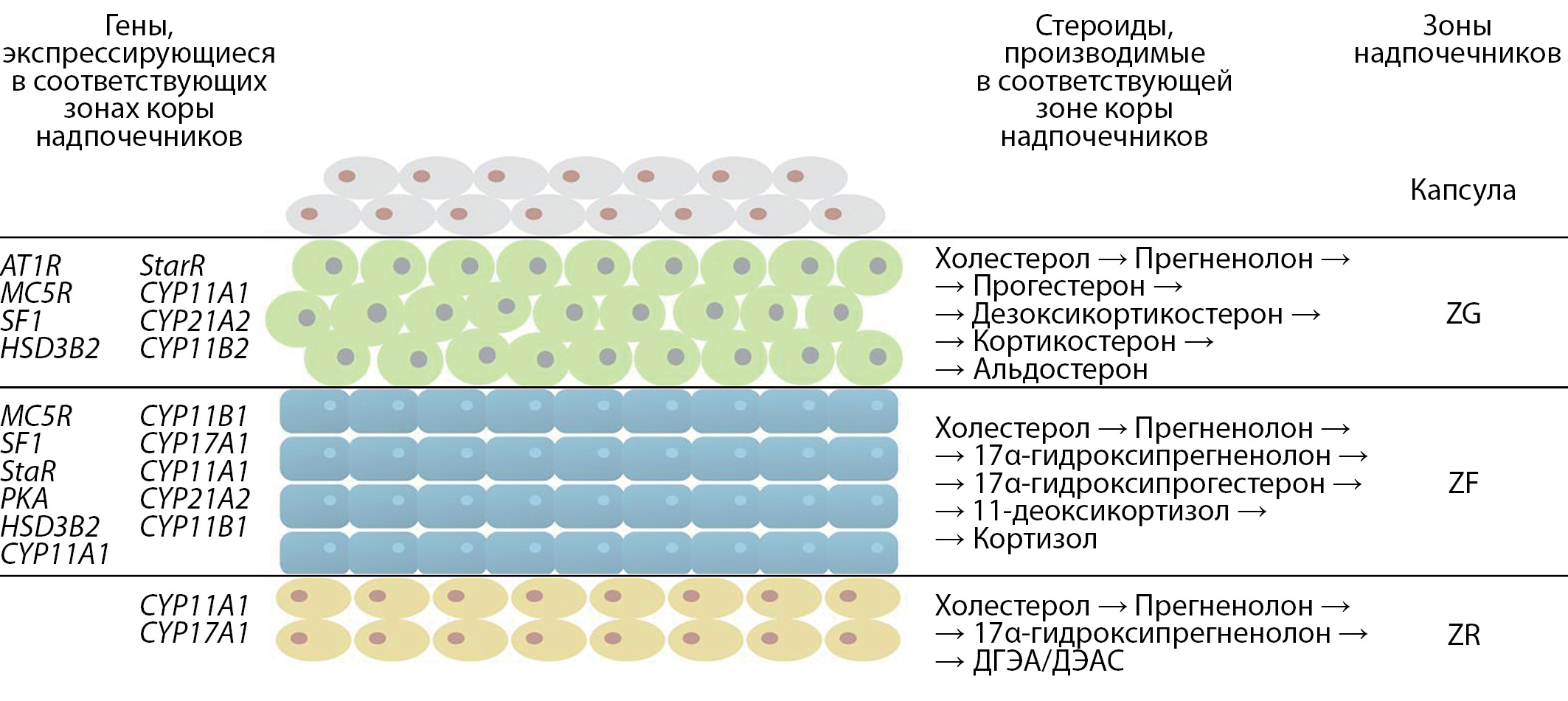
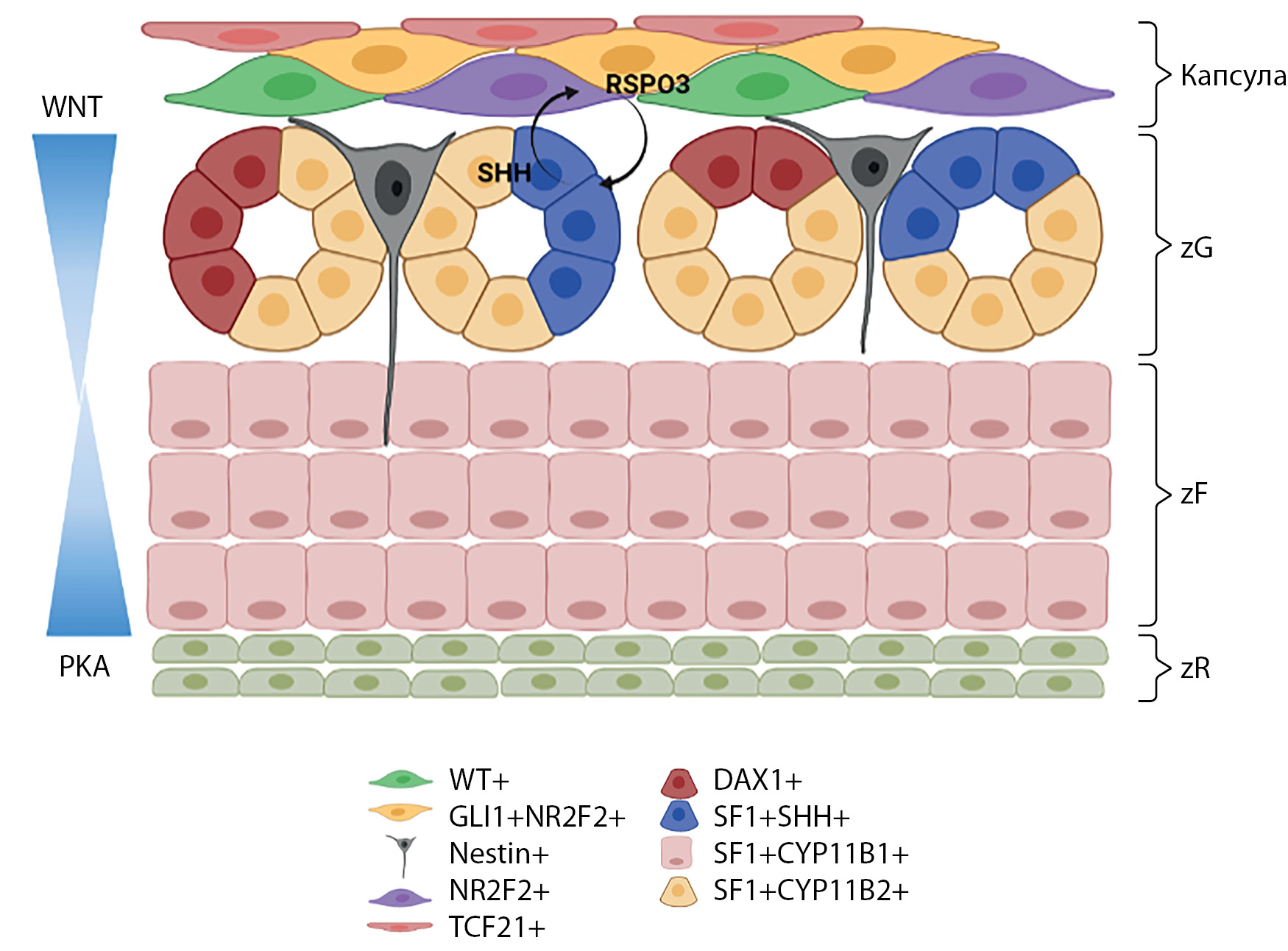
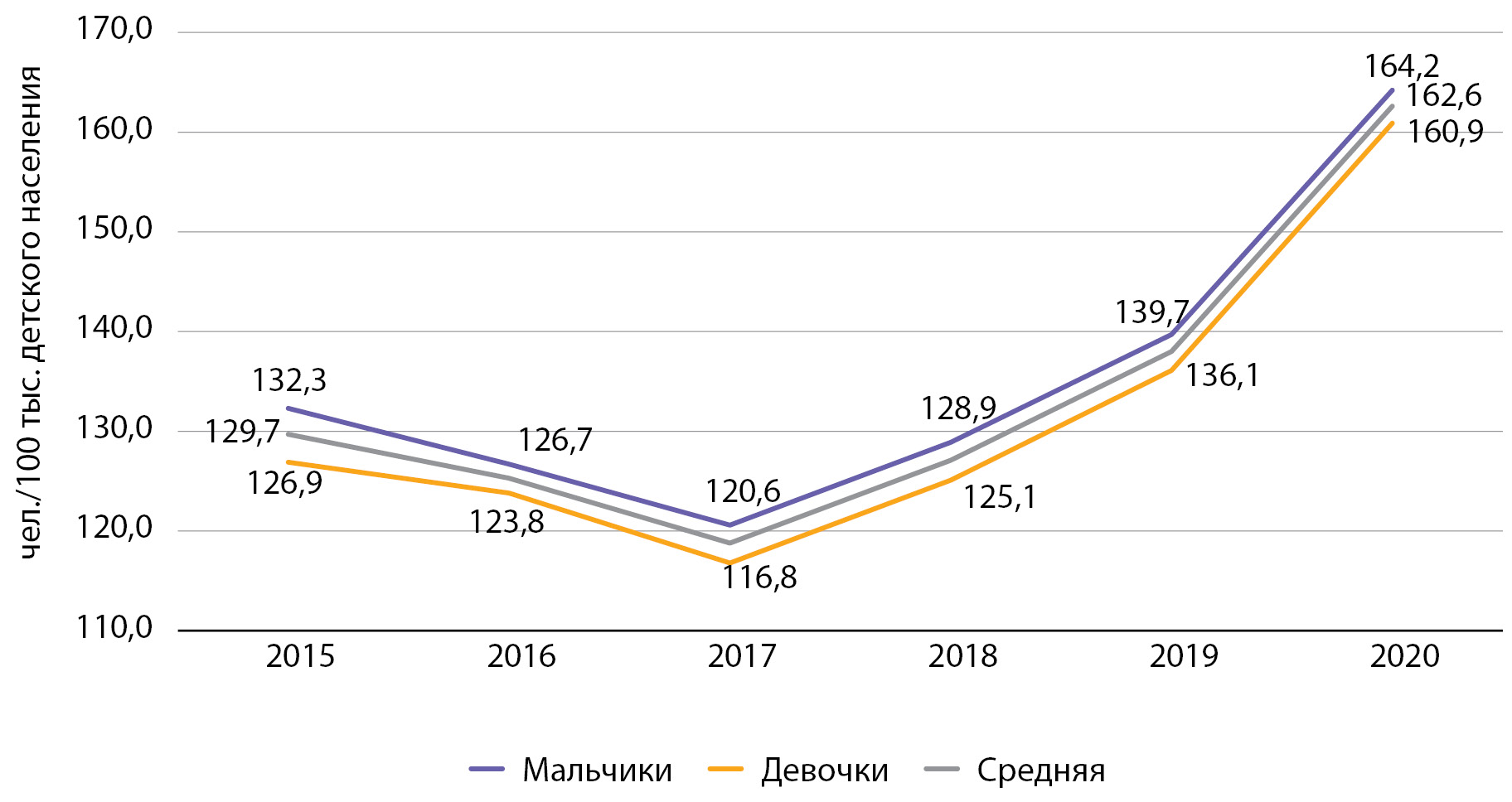





































.jpg)


